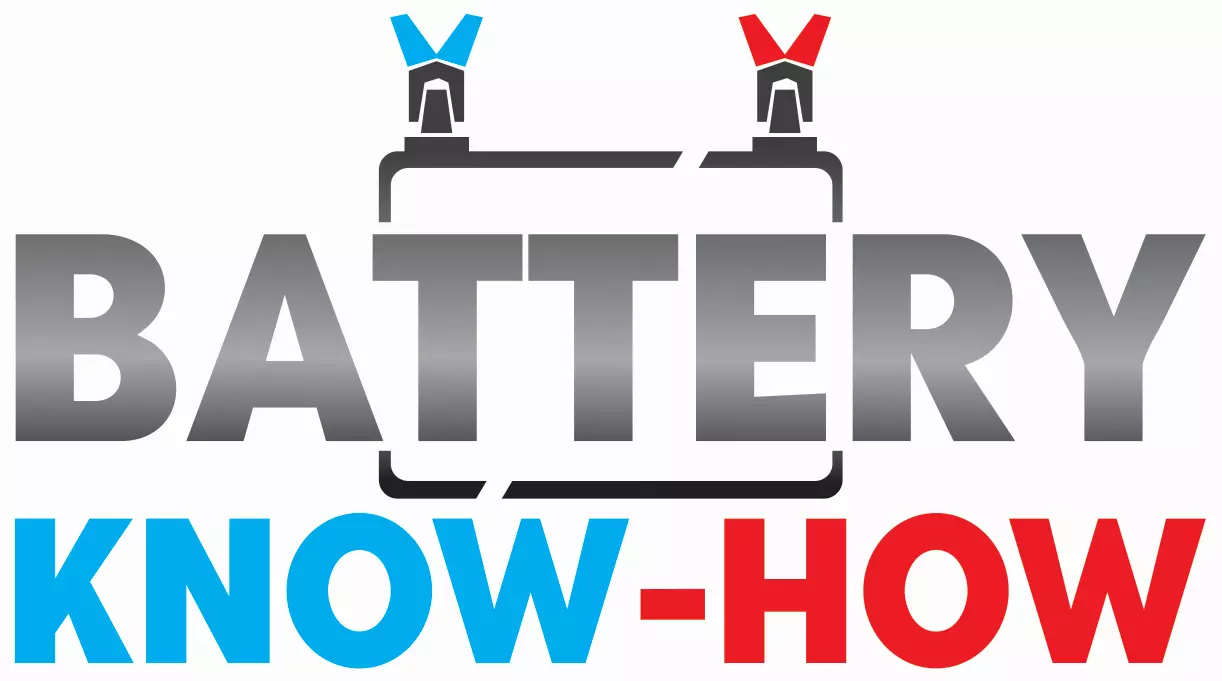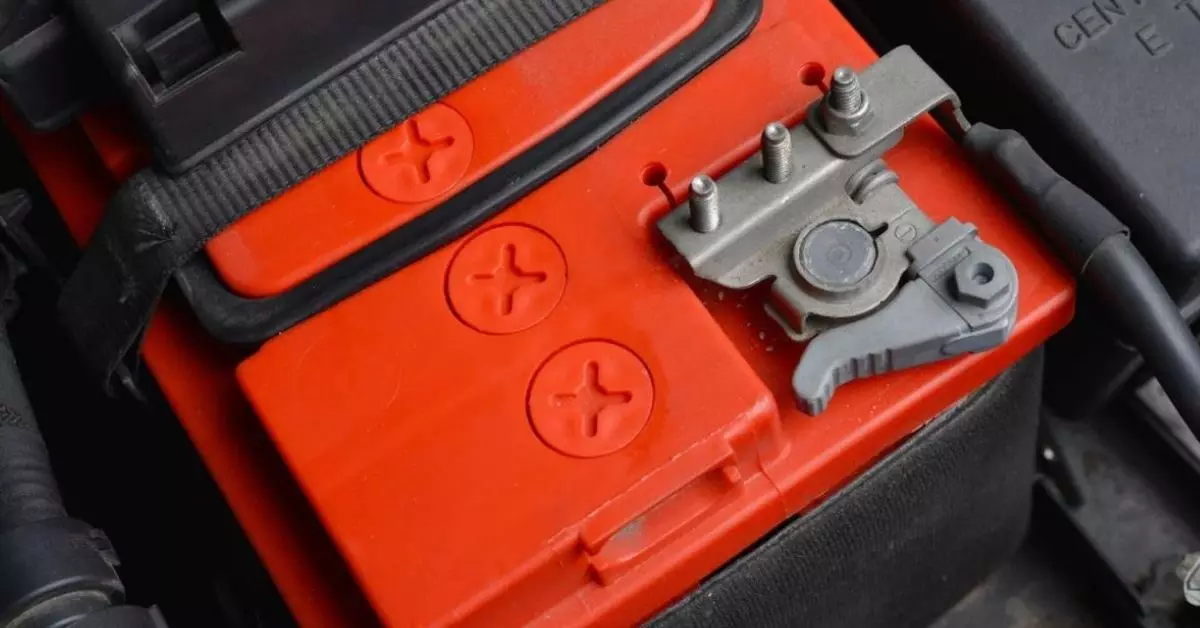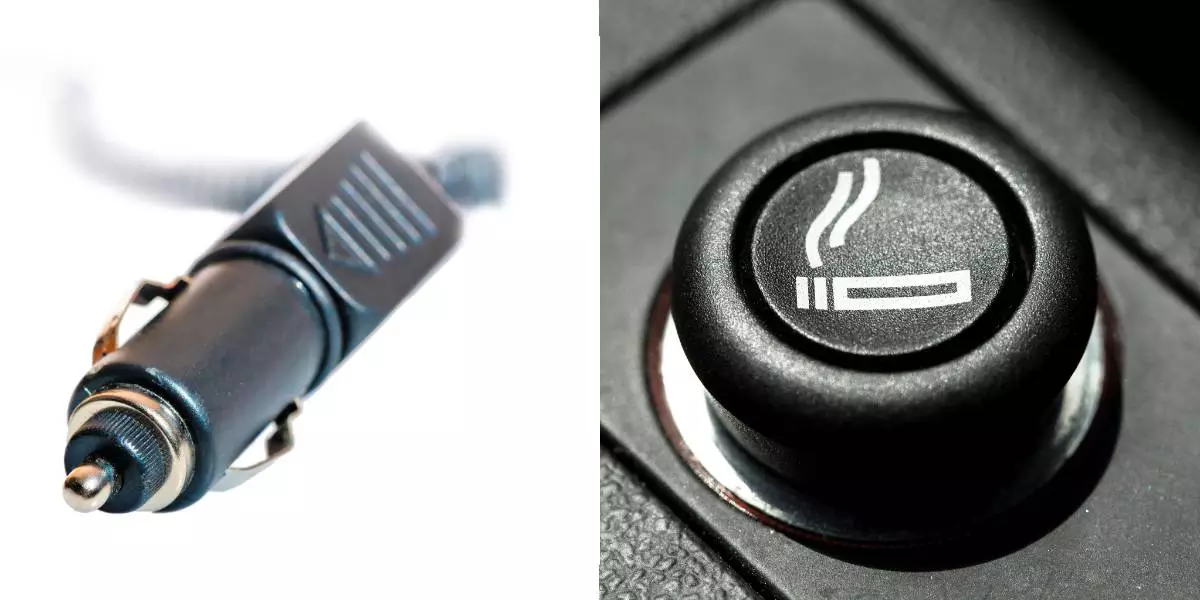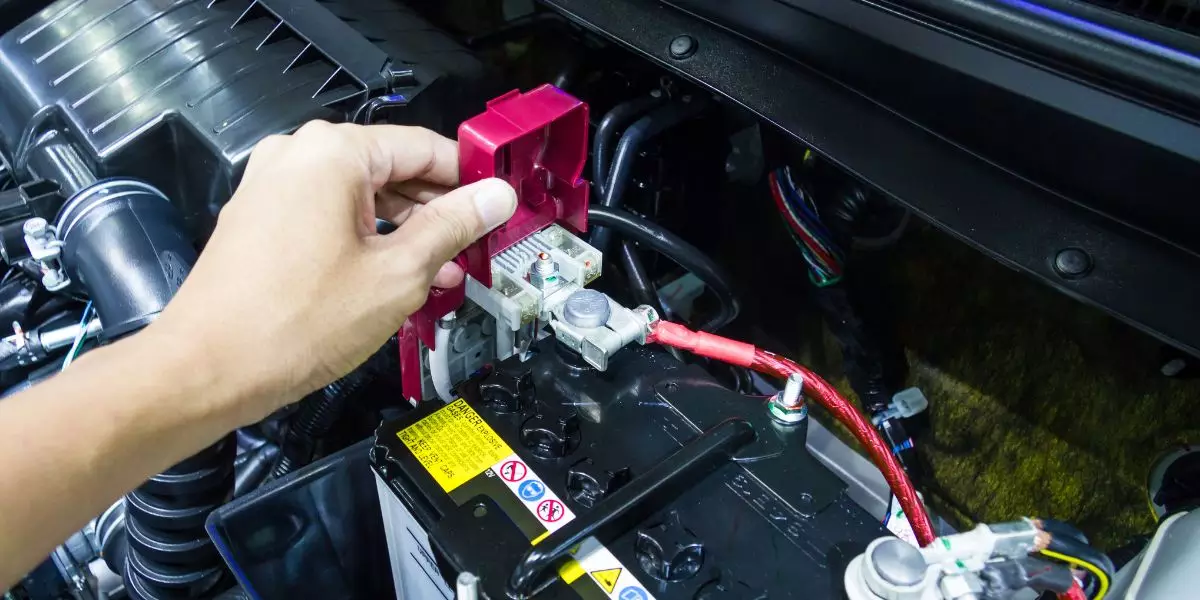There are several types of maintenance-free batteries available on the market. Among them is the ever-popular maintenance-free marine battery. But what is it, and how does it work?
Maintenance-free marine batteries are sealed batteries that you don’t need to refill with water regularly. Because manufacturers have already filled and sealed them, you won’t even have to check the water levels at all.
However, despite being called maintenance-free, you’ll still need to take care of these batteries. That includes inspecting and cleaning them occasionally.
This guide will walk you through everything there is to know about maintenance-free batteries. By the end, you’ll understand why they’re an excellent choice and why you should upgrade to them if you haven’t already.
What Maintenance Do Marine Batteries Need?
The name says it all: maintenance-free batteries remove all the fuss of having to perform regular maintenance on your boat battery. Still, that leaves many of us wondering; what kind of maintenance marine batteries usually need?
Before maintenance-free batteries became popular, most people were using lead-acid, wet cell batteries. These batteries are still available in the market today, and they’re often referred to as ‘flooded’ batteries.
The inside of wet cell batteries consists of thick plates, large separators, and high-density paste material. As you continue charging and discharging these batteries, the water inside will convert to hydrogen and oxygen as a natural byproduct.
After a while, you’ll end up with a battery that has little water left. So, your primary maintenance task with these batteries is to keep an eye on their water levels and refill them from time to time.
Many bad things can happen if you fail to maintain those water levels where they should be. For example, the battery can’t keep the electrical capacity you need to run whatever systems you’re connecting it to without enough water. Plus, low water levels will cause the components inside to wear out faster than average.
So, to keep those batteries working their best for as long as possible, you’ll have to keep a close eye on them and refill any water that’s lost. That can be quite a chore, which is why many people today have switched over to maintenance-free batteries instead.
What Does It Mean When A Battery Is ‘Maintenance-Free’?
The term ‘maintenance-free’ means that the manufacturer seals the battery at the factory. That means you won’t have to check on it occasionally or refill it with water. Instead, all you have to do is plug it in and enjoy the power supply that it provides.
As you might know, there are several types of marine batteries on the market. Whether you prefer one of them for your boat, you can also find a maintenance-free version instead.
For example, you can get maintenance-free batteries that are:
- Gel cell batteries
- Valve Regulated Lead Acid (VRLA) batteries
- Absorbed Glass Mat (AGM) batteries
So, if you’ve got a preference for a particular type of battery technology, don’t worry. You can switch over to a maintenance-free version without any problems.
Benefits And Drawbacks
Like anything else in life, maintenance-free batteries come with their fair share of pros and cons. So, before you decide to spend your hard-earned money on these batteries, you must know what you’re buying.
Here are some of the pros that come with maintenance-free marine batteries:
No Monitoring Or Refilling
As the name says, these batteries do not require you to maintain them. That means you won’t have to keep checking them occasionally or refilling them just so they’ll work.
The manufacturer has already pre-filled the battery with enough fluids, so they’ll work for however long the warranty lasts.
All you have to do is hook the battery up to your boat and use it.
Factory-Sealed
Unlike with older types, manufacturers seal maintenance-free batteries entirely by the time they leave the factory.
Of course, there’s no need for the battery to have any openings since you won’t be pouring any water into it. However, that design also adds an extra layer of protection for you and the batteries themselves.
You see, that sealed design prevents water, dirt, or any other impurities from finding their way inside. But, more importantly, none of the electrolytes inside has a chance of spilling out and hurting you, either.
The terminals are the only contact between the battery’s contents and the outside world. Once you’ve connected them to your boat’s electrical system, there’s nothing else to worry about.
Longer Lifespan
Maintenance-free batteries are also known for having a longer lifespan than older types. There are two general reasons for this:
- Firstly, the manufacturer has pre-filled the battery with the correct amount of fluids to make the battery last as long as possible.
- Secondly, since they’re maintenance-free, there’s no chance that you might forget to fill it with water and cause it to wear out faster.
All of the benefits above are indeed fantastic. Still, as a consumer, you must also be aware of the drawbacks that include:
Higher Cost
Let’s suppose you’ve been using older types of marine batteries for a long time. You might not be too keen on upgrading to maintenance-free units, seeing as how they cost more.
Here’s one way you can look at things: that added cost is worth it because you get a battery that needs little to no attention from you after you’ve installed it.
Some Maintenance Still Necessary
Besides that, the term ‘maintenance-free’ isn’t 100% accurate. That term simply means that you won’t have to check on the battery and refill the water inside. However, there are still some maintenance tasks that you’ll need to perform.
For example, you still need to inspect your maintenance-free batteries and their hardware for any corrosion and signs of damage.
No Indication Of When Battery Will Fail
Lastly, it’s going to be more challenging for you to estimate when your maintenance-free batteries will fail and need you to replace them.
Remember: flooded batteries have openings that allow you to access the inside, while sealed maintenance-free batteries do not.
It’s easier to tell if a flooded battery is going bad because you can open up its holes and see if the components inside are wearing out.
That’s not possible with maintenance-free batteries. Instead, you’ll have to rely on other signs the battery is going bad, like trouble starting or an unstable power supply.
Bottom Line: Are Maintenance-Free Batteries Worth The Cost?
All things considered, are maintenance-free batteries worth it? The answer is yes. The drawbacks mentioned above can be pretty inconvenient. Still, they’re a small price to pay compared to the convenience these batteries offer.
After all, you have plenty of other things to worry about. So, these batteries are indeed an investment because they require less of your time and effort to maintain.
Frequently-Asked Questions (FAQs)
Here are some other common questions about these batteries that you might have:
Is A Maintenance-Free Battery The Same As An AGM Battery?
AGM marine batteries are maintenance-free. However, they’re not the only type of maintenance-free batteries you can choose from. For example, gel cell batteries also do not require maintenance.
Are Maintenance-Free Batteries Really Maintenance-Free?
Mostly, yes. You do not have to check water levels and refill maintenance-free batteries like you would with flooded batteries. However, you must maintain them by checking for corrosion and cleaning any dirt or debris that builds up on or around these batteries.
How Long Do Maintenance-Free Marine Batteries Last?
Maintenance-free marine batteries can last for several years. However, it’s best to refer to the manufacturer’s warranty coverage for a more accurate expectation of how long your battery will last.




